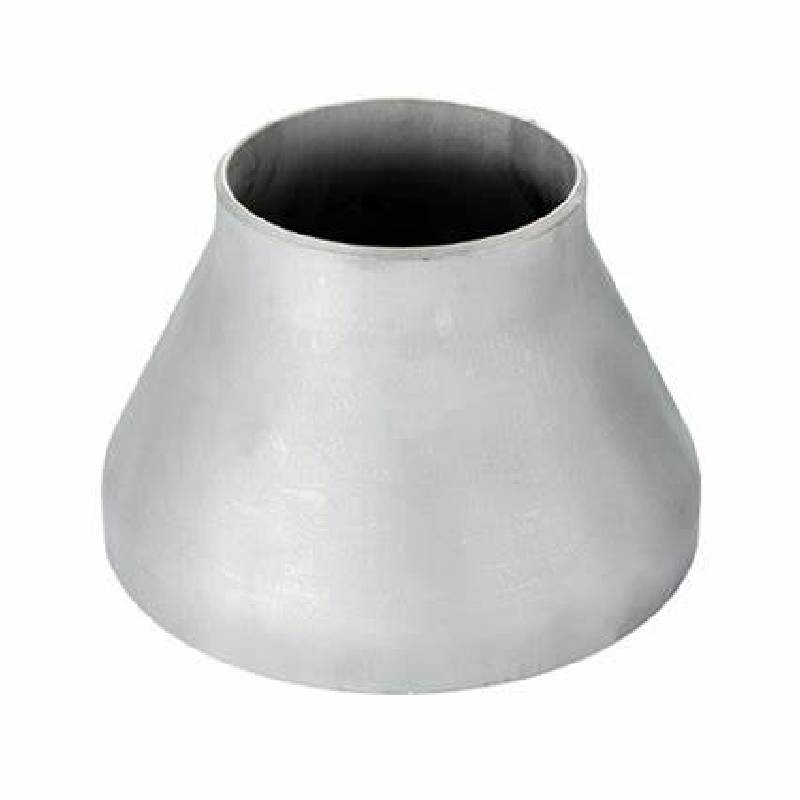-
Cangzhou Yulong Steel Co., Ltd.
-
Phone:
+86 13303177267 -
Email:
admin@ylsteelfittings.com
- English
- Arabic
- Italian
- Spanish
- Portuguese
- German
- kazakh
- Persian
- Greek
- French
- Russian
- Polish
- Thai
- Indonesian
- Vietnamese
- Zulu
- Korean
- Uzbek
- Hindi
- Serbian
- Malay
- Ukrainian
- Gujarati
- Haitian Creole
- hausa
- hawaiian
- Hebrew
- Miao
- Hungarian
- Icelandic
- igbo
- irish
- Japanese
- Javanese
- Kannada
- Khmer
- Rwandese
- Afrikaans
- Albanian
- Amharic
- Armenian
- Azerbaijani
- Basque
- Belarusian
- Bengali
- Bosnian
- Bulgarian
- Catalan
- Cebuano
- China
- China (Taiwan)
- Corsican
- Croatian
- Czech
- Danish
- Esperanto
- Estonian
- Finnish
- Frisian
- Galician
- Georgian
- Kurdish
- Kyrgyz
- Lao
- Latin
- Latvian
- Lithuanian
- Luxembourgish
- Macedonian
- Malgashi
- Malayalam
- Maltese
- Maori
- Marathi
- Mongolian
- Myanmar
- Nepali
- Norwegian
- Norwegian
- Occitan
- Pashto
- Dutch
- Punjabi
- Romanian
- Samoan
- Scottish Gaelic
- Sesotho
- Shona
- Sindhi
- Sinhala
- Slovak
- Slovenian
- Somali
- Sundanese
- Swahili
- Swedish
- Tagalog
- Tajik
- Tamil
- Tatar
- Telugu
- Turkish
- Turkmen
- Urdu
- Uighur
- Welsh
- Bantu
- Yiddish
- Yoruba

Oct . 02, 2024 12:10 Back to list
high pressure pipe welding
High Pressure Pipe Welding Techniques and Importance
High pressure pipe welding is a critical procedure in various industries, particularly those dealing with oil and gas, chemical processing, and power generation. The integrity and strength of high pressure piping systems are paramount, as failures can lead to catastrophic accidents, substantial financial losses, and environmental disasters. Thus, understanding the techniques and importance of high pressure pipe welding is essential for engineers and operators alike.
Techniques of High Pressure Pipe Welding
High pressure pipe welding primarily utilizes several welding methods, each chosen based on the material being welded, the conditions of operation, and the specific requirements of the installation. Common welding techniques include Gas Tungsten Arc Welding (GTAW), Shielded Metal Arc Welding (SMAW), and Submerged Arc Welding (SAW).
GTAW, commonly known as TIG (Tungsten Inert Gas) welding, is often preferred for high pressure applications due to its ability to produce clean and precise welds on a variety of metals, particularly stainless steel and nickel alloys. The process involves a non-consumable tungsten electrode which produces the arc, while a filler metal is added manually if required.
SMAW, or stick welding, is another popular method that uses a consumable electrode coated in flux to protect the weld from contamination. It is versatile and effective for many applications, especially in outdoor environments where wind might affect other welding processes.
high pressure pipe welding

Another significant technique is SAW, where the weld is formed under a blanket of granular flux. This method is excellent for producing high-quality welds on thicker materials, making it a suitable choice for large diameter pipes typically found in high pressure applications.
Importance of High Pressure Pipe Welding
The significance of high pressure pipe welding cannot be overstated. Piping systems are often subjected to extreme conditions, including intense pressure and temperature fluctuations. As such, the quality of the welds directly impacts the performance and safety of the entire system.
One of the primary concerns in high pressure applications is the risk of leaks, which can lead to dangerous situations. Skilled welders must ensure that the welds are free from defects such as cracks, porosity, and incomplete fusion. Advanced techniques like Non-Destructive Testing (NDT) are frequently employed post-welding to verify the integrity of the joints. Methods include ultrasonic testing, radiographic testing, and magnetic particle testing, each helping to identify potential weaknesses before they become critical issues.
Moreover, adherence to industry standards and codes, such as those set by the American Society of Mechanical Engineers (ASME) and the American Petroleum Institute (API), is vital in high pressure pipe welding. These regulations provide guidelines for materials, design, and inspection, ensuring that all welded structures can withstand the operational demands they will face.
In conclusion, high pressure pipe welding is an essential process that requires specialized knowledge and skills. As industries continue to evolve, the demand for robust and reliable piping systems will grow. Ongoing advancements in welding technology and techniques, coupled with rigorous safety standards, are crucial in meeting these demands, ensuring safe and efficient operations in high pressure environments. Thus, investing in proper training for welders and maintaining high-quality welding practices should be a priority for organizations engaged in high-pressure applications.
Latest news
-
ANSI 150P SS304 SO FLANGE
NewsFeb.14,2025
-
ASTM A333GR6 STEEL PIPE
NewsJan.20,2025
-
ANSI B16.5 WELDING NECK FLANGE
NewsJan.15,2026
-
ANSI B16.5 SLIP-ON FLANGE
NewsApr.19,2024
-
SABS 1123 FLANGE
NewsJan.15,2025
-
DIN86044 PLATE FLANGE
NewsApr.19,2024
-
DIN2527 BLIND FLANGE
NewsApr.12,2024
-
JIS B2311 Butt-Welding Fittings LR/SR 45°/90° /180°Seamless/Weld
NewsApr.23,2024











